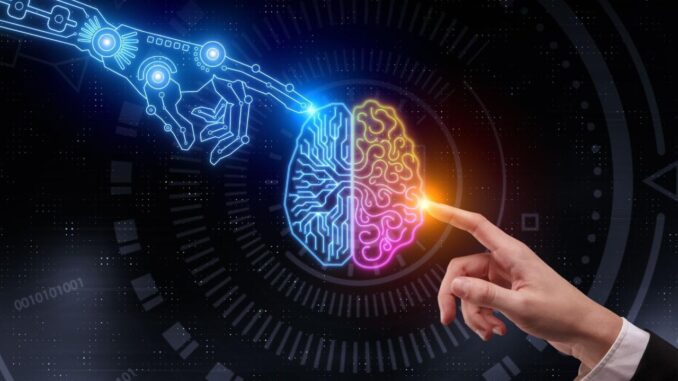
Facial recognition systems utilize various algorithms and technologies to identify or verify individuals based on their facial features.
While the design and implementation can vary, here are some of the most notable facial recognition systems and technologies in use:













1. **DeepFace (Facebook)**: Developed by Facebook, DeepFace uses deep learning techniques to analyze facial features and can recognize faces with high accuracy, even with variations in pose and lighting.
2. **FaceNet (Google)**: This is a neural network model designed by Google to transform facial images into a compact Euclidean space, allowing easy computation of similarities between faces. It’s used in various applications, including Google Photos.
3. **Microsoft Azure Face API**: As part of Microsoft’s Azure cloud services, this API offers facial recognition capabilities, including face detection, verification, and identification from images. It can also provide attributes such as age estimation and emotion recognition.
4. **IBM Watson Visual Recognition**: Although primarily known for broader visual recognition tasks, IBM Watson’s services include capabilities for facial recognition and analysis, leveraging machine learning models.
5. **Amazon Rekognition**: This is a service provided by Amazon Web Services (AWS) that allows developers to add image and video analysis to applications. It includes facial recognition functions, such as face detection, analysis, and comparison.
6. **OpenCV**: While not a commercial application, OpenCV (Open Source Computer Vision Library) offers tools and algorithms for building custom facial recognition solutions. It includes Haar cascades for face detection and various algorithms for recognizing faces.
7. **PimEyes**: A face recognition search engine that allows users to upload images to find similar faces across the web. It’s known for its ability to search publicly available images.
8. **Clearview AI**: This controversial application scrapes images from social media and other websites to create a vast database for facial recognition, primarily used by law enforcement agencies.
9. **Trueface**: A real-time facial recognition and emotion detection service that caters to a variety of industries, including retail, security, and healthcare.
10. **Dlib**: A modern C++ toolkit with machine learning capabilities that includes facial recognition functions. Dlib’s facial recognition model can be used with Python and serves as a powerful library for building custom systems.
11. **Sensory**: This company provides facial recognition technology that is often integrated into mobile devices and operates with low power consumption for real-time applications.
12. **Face++**: A facial recognition and analysis service developed by Megvii, Face++ provides various APIs for developers to incorporate facial recognition functionalities into their applications.
13. **Yitu Technology**: A Chinese company specializing in AI and facial recognition technology, providing solutions for public security and other applications.
14. **Sighthound Cloud**: A cloud-based video surveillance and facial recognition service designed for security applications that need real-time identification.
Facial recognition technology has numerous applications, including security, mobile device authentication, social media filtering, and more. However, it has raised significant privacy and ethical concerns, leading to ongoing discussions about regulation and responsible use.
Leave a Reply